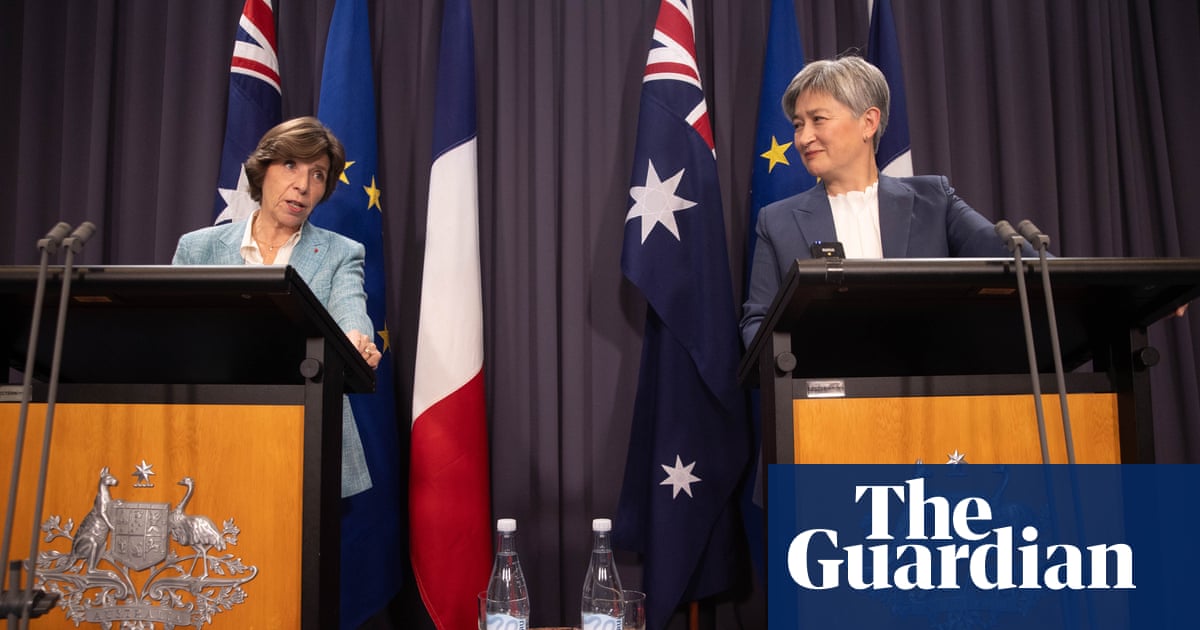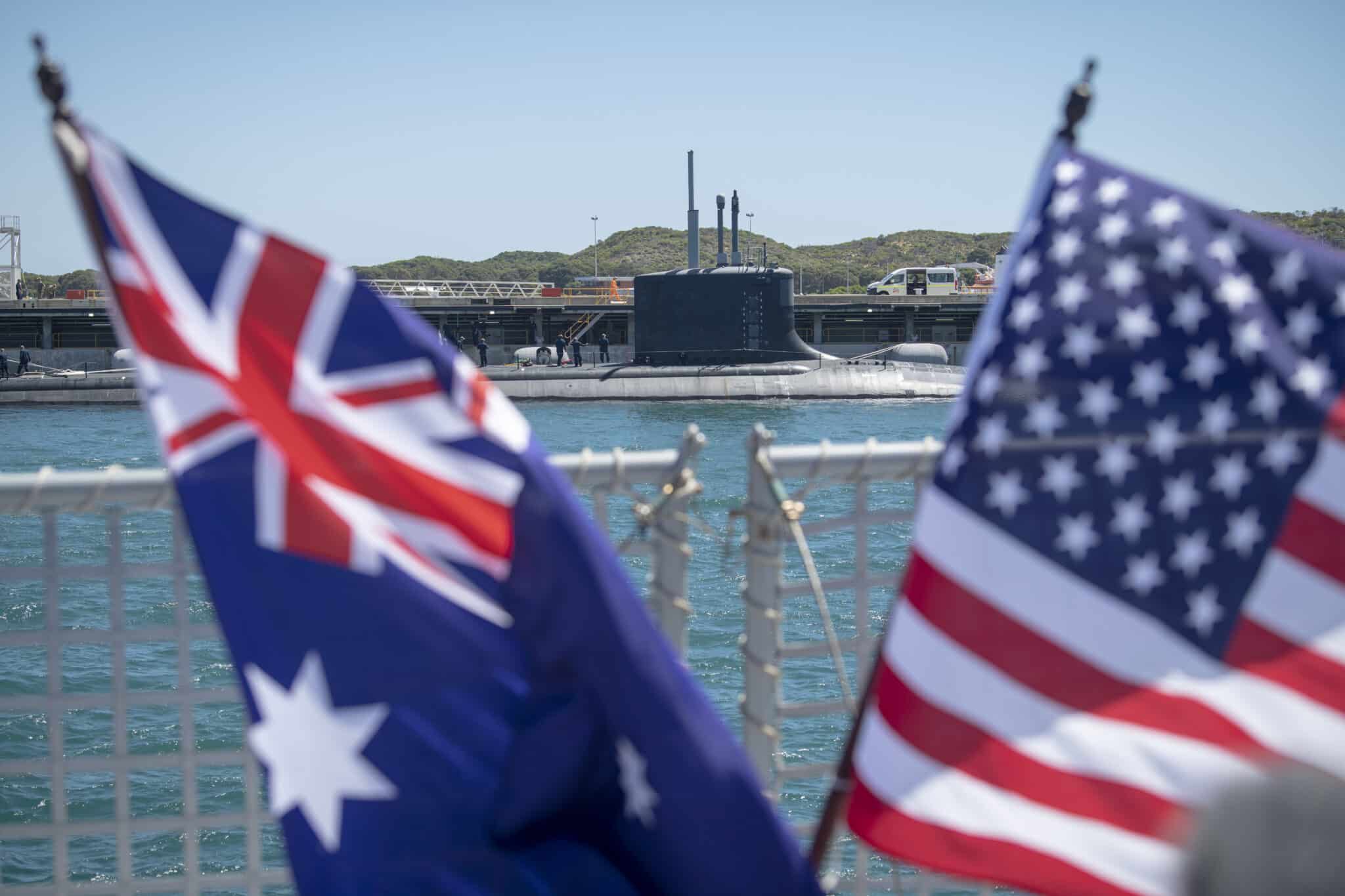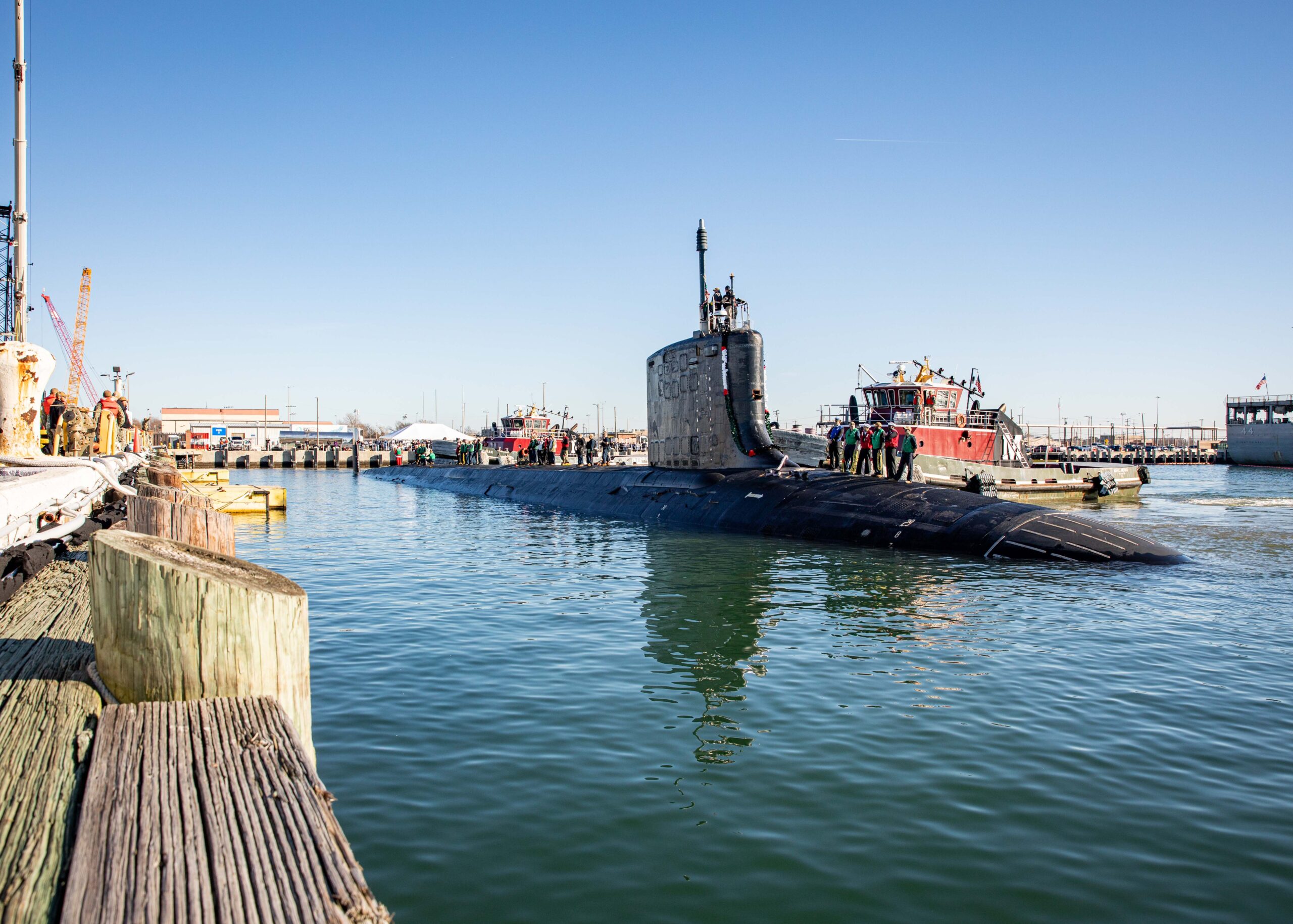
Australia and France sign military access agreement as post-Aukus tensions ease
Reciprocal access to military bases and training facilities to be granted in clear break from diplomatic rupture over failed submarine deal



As I said, it was always political posturing from a few.

Christmas gift: US Congress green-lights submarine sale to Australia
Deputy Prime Minister and Minister for Defence, Richard Marles has been handed an early Christmas gift by US Congress, as members voted to allow the sale of three Viriginia-class submarines to Austwww.defenceconnect.com.au
It was always necessary. To keep both China and India in check. It canalso be considered as announcing the possibility of increasing the submarine lines. An additional line in the US and a new one in Australia pretty much doubles SSN production, alongside the one in the UK. Helps keep up with both China and Russia.
While the bad news for India (and Indonesia) is we are also a target of the program, the good news is it opens up some possibilities for India in terms of more serious tech transfer from Russia and France.
So that means all this shout out loud over INDUS-X ToT platform was just a joke and feel good drama by both the countries. US is not interested in Indian money, they want more than money and India will not agree to their demand finally back to France and Russia.

You still don't know how to put Aukus into google news
'Historic achievement': AUKUS submarine deal passes US Congress
Defence Minister Richard Marles says he is very pleased of the historic achievement as legislation to allow the US to sell nuclear-powered...
US Congress passes bill allowing sale of Aukus nuclear submarines to Australia
Legislation covering a wide range of military issues clears the way for Virginia class vessels to bolster Pacific defence.
US Congress passes bill allowing sale of Aukus nuclear submarines to Australia
‘Historic’: Major step in US subs deal
The US has passed legislation allowing Australia to purchase three Virginia-class nuclear-powered submarines as part of the landmark AUKUS...
You aren't even living upto the standard of a frog troll. You need to do better.Yes, the studies show that the plans to implement AUKUS are completely unfeasible, but that doesn't matter, they decide to go for it anyway. This shows that among the Anglo-Saxons, appearing is much more important than being.

 strategicanalysis.org
strategicanalysis.org
You aren't even living upto the standard of a frog troll. You need to do better.
You quote a troll site.
You only need to look at the headline of their articles.

Articles Strategic Analysis Australia
Strategic Analysis Australia is a small team who value and challenge each other’s contributions with our articles published in this website.strategicanalysis.org
No what he says about the reports is rubbish. Congress has approved the sale. end of story.I suppose that for you the US Congressional Budget Office (CBO) and the US Congressional Research Service's as well as the US Government Accountability Office and the UK's National Audit Office are all notorious trolls in that the article I posted does reports the conclusions of reports published by these organizations.
End of story for you, but for reasonable people who examine the possibilities of carrying out the plans:No what he says about the reports is rubbish. Congress has approved the sale. end of story.
Yes, the studies (from the US Congressional Budget Office (CBO) and the US Congressional Research Service's as well as the US Government Accountability Office and the UK's National Audit Office) show that the plans to implement AUKUS are completely unfeasible, but that doesn't matter, they decide to go for it anyway. This shows that among the Anglo-Saxons, appearing is much more important than being.
Desperately looking for submariner. This Friday, January 5, the British daily The Telegraph reported information that was surprising to say the least: struggling to recruit a rear admiral responsible for supervising one of its nuclear submarines, the Royal Navy decided to open its traditional process and share an offer… on the social network LinkedIn.
The candidate who will be chosen, whose salary will be around 190,000 pounds per year (220,000 euros), must be a member of the reserve or have served in the regular forces, the announcement indicates. This unusual recruitment method comes as the Royal Navy struggles to find new talent.
" Unprecedented "
This recruitment process, for such a position, was strongly criticized across the Channel, in particular by former members of the Royal Navy. Speaking to the Times of London, a former British submariner did not hesitate to describe it as “utterly disgraceful”. A source within the navy acknowledged that this announcement was “unprecedented”, specifying that the Royal Navy is clearly struggling to get its hands on the right candidate.
“In an ideal world, the Royal Navy would choose from within, but we are not in an ideal world, so expanding the search for this position makes sense to me,” said Tom Sharpe, former commander. of the British Navy, to the Telegraph, to defend the ad posted on LinkedIn.

The UK SSN already used US nuc reactors (as deterrent subs if I remember well. Or at least a US design).
SSN AUKUS to Feature AN/BYG-1 Combat Control System - Naval News
Australia has revealed that the SSN-AUKUS submarines will feature an "evolved version" of the American AN/BYG-1 Combat Control System.www.navalnews.com
Australia’s Minister for Defence Industry has revealed that Australia and the United Kingdom’s future attack submarine, known as SSN-AUKUS (SSN-A) will use an “evolved version” of the AN/BYG-1 Combat Control System.
Incidentally, even if everything went well, they would have to wait until 2028 to find out whether the Americans would authorise the sale of SSN to Australia.
AUKUS fail – US legislation to fund submarine industrial base blocked - APDR
A necessary precondition for the sale of Virginia class submarines to Australia is that their rate of production needs to be increased.asiapacificdefencereporter.com
A necessary precondition for the sale of second-hand Virginia class submarines to Australia in the 2030s is that their rate of production needs to be substantially increased. This, in turn, requires an increase in funding – an increase that now will not happen because of internal US politics...
… The time is long overdue for Defence Minister Richard Marles to come clean and explain to the Australian public how they benefit from the unprecedented transfer of cash to the already bloated, massively profitable, US submarine construction firms when their own government is critical of their greed. Australian taxpayers: don’t hold your collective breath.

